There’s nothing as heartwarming as a great comeback. And when it’s a beloved band or musician who returns to prominence after being largely written off, it’s especially satisfying.
Just like A-list movie and TV stars can suffer career slumps, so can musicians; in many ways, it’s even more difficult to maintain a career in music than it is as an actor. Bands and singers that have one major hit but fail to recapture that lightning in a bottle with future releases are so common that there’s a name for them (one-hit wonder), and even the biggest acts in music can find themselves left in the dust for a huge variety of reasons. A decline in popularity can come from creative differences or burnout within the band, difficulty adapting to musical trends and audience preferences, a lack of innovation, or a host of other variables. Some bands are on top of the world and release an album that simply fails to chart and doesn’t include any hits, and before they know it they’re relegated to also-ran status.
It’s incredibly difficult for a music act to stay popular and relevant for years and years. Each new single or album needs to sound new and relevant and must continue to attract a wide audience, which becomes harder to do as they age out of their “prime.” They might continue to tour and be widely regarded as a huge act, but even the most popular bands on earth can release a string of albums that don’t fly to the top of the charts or yield hit singles. A few years pass, and suddenly they’re a “nostalgia act.”
That’s why it’s so heartwarming when a band or musician that had been written off or simply declined in popularity stages an unexpected comeback. It’s all too common to see an act simply fade away, never releasing new music that recaptures their former glory. When it does happen – whether it’s a return to classic form or a complete reinvention in style – it’s rewarding for the band and their fans. They get a second chance, and we get to listen to some great new music from a beloved band.
Below is a look at some of the biggest comebacks in music history. (And while we’re on the subject, here are the biggest movie star comebacks of all time.)
Elvis Presley
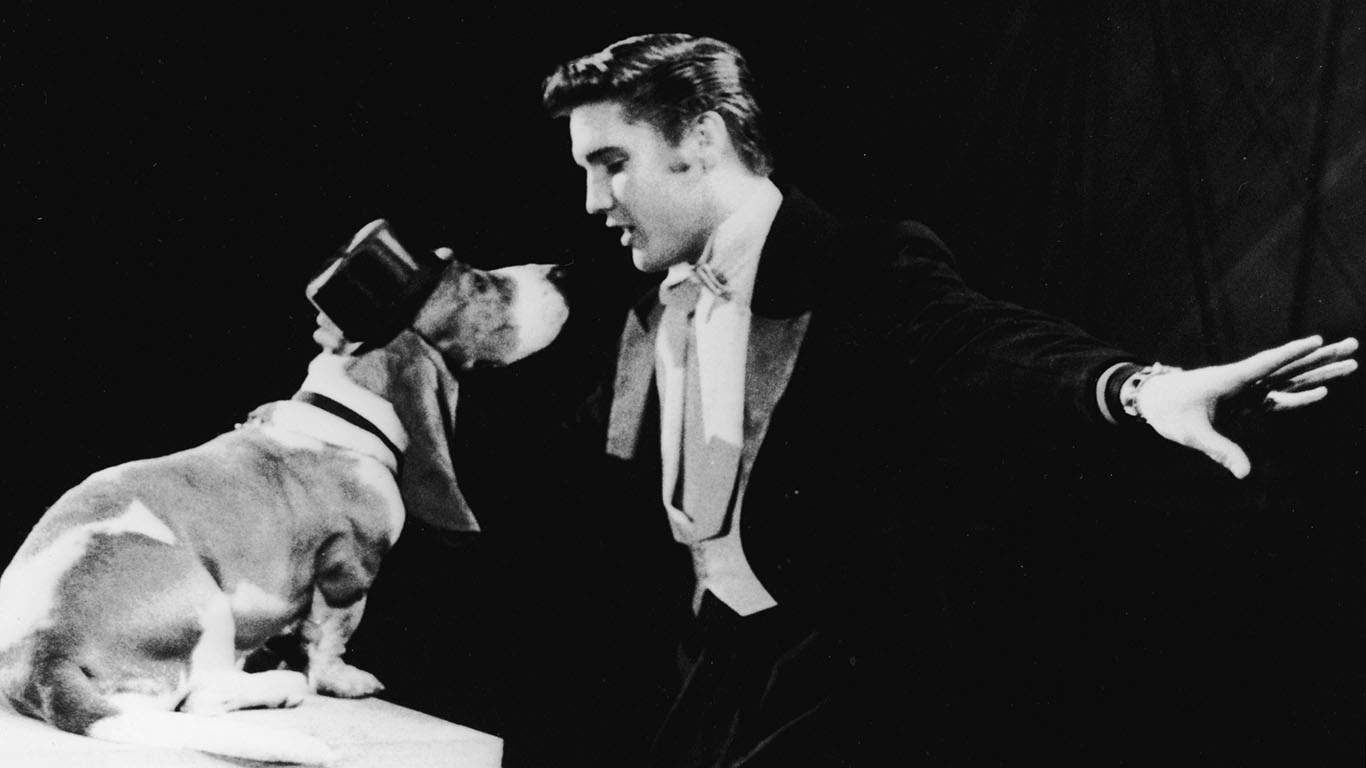
The ’60s weren’t kind to the King of Rock & Roll. Still, after years of declining popularity and mediocre film roles, Elvis made a triumphant return with his 1968 televised “Comeback Special,” which led to a successful return to recording and performing, culminating in hits like “Suspicious Minds” and his iconic Vegas Era.
Johnny Cash
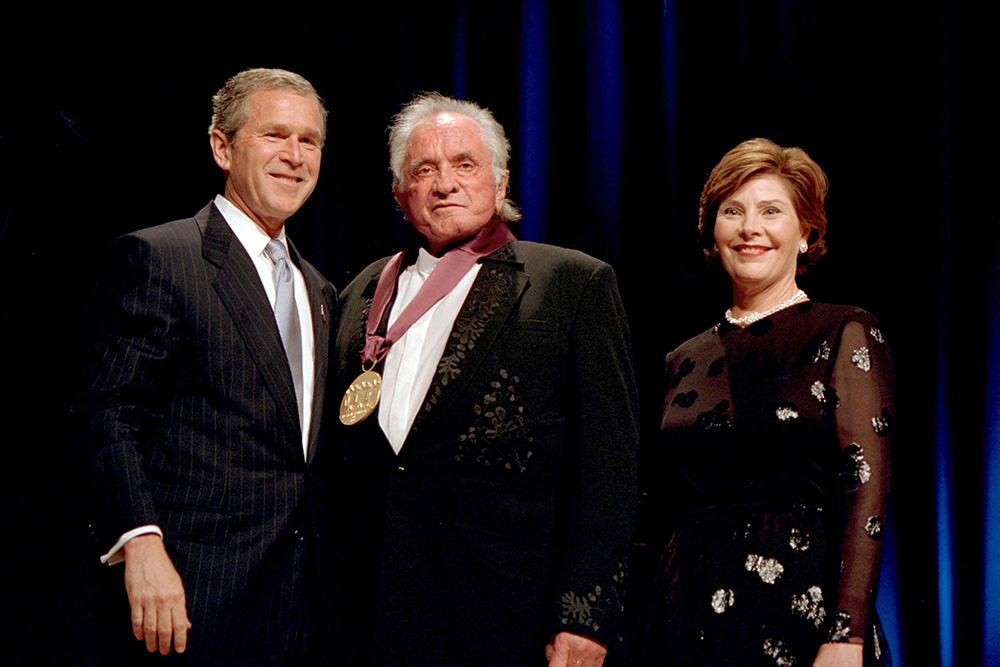
With the support of mega-producer Rick Rubin, Cash experienced a career revival in the 1990s after two decades of declining popularity. The 1994 album “American Recordings” introduced him to a new generation of fans and earned him heaps of critical acclaim. Several more “American” albums followed, maintaining his popularity until his death in 2003 with songs including an iconic cover of Nine Inch Nails’ “Hurt.”
Tina Turner

Along with then-husband Ike, Turner established herself as a major star with hits throughout the ’60s and early ’70s, including “River Deep – Mountain High” and “Proud Mary.” They disbanded in 1976, but she reemerged in a big way with 1984’s multiplatinum “Private Dancer,” which included megahits like “What’s Love Got to Do With It” and the title track. Her ’80s comeback cemented her as one of the most popular recording artists of all time.
Aerosmith
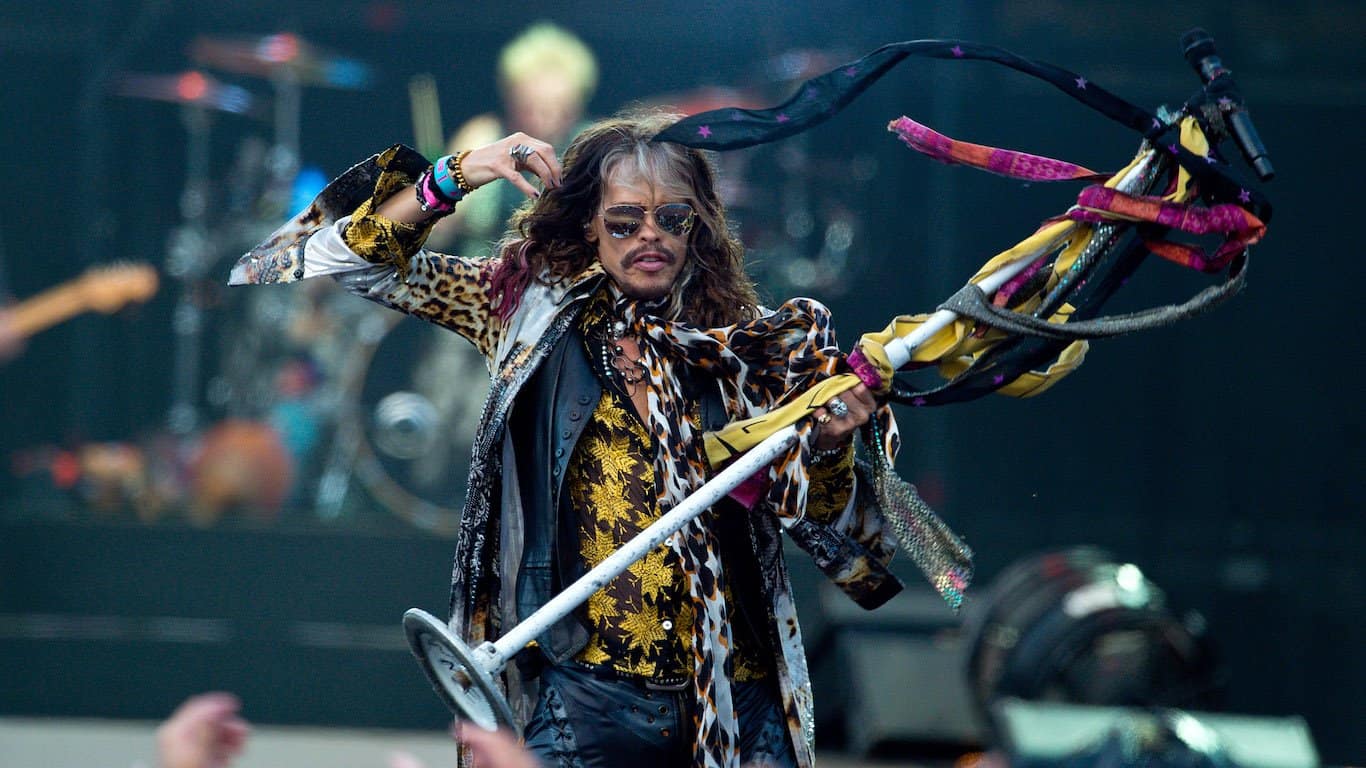
After establishing themselves as one of the biggest acts of the ’70s power-rock era with hits like “Dream On” and “Walk This Way,” Aerosmith’s popularity waned due to drug addiction and internal conflicts in the 1980s, only to reemerge with 1987’s “Permanent Vacation” and 1989’s “Pump,” which featured hits like “Dude (Looks Like a Lady)” and “Love in an Elevator.” Their success continued into the 1990s with ’93’s “Get a Grip” and ’97’s “Nine Lives.” They remain a major touring act to this day.
Marvin Gaye
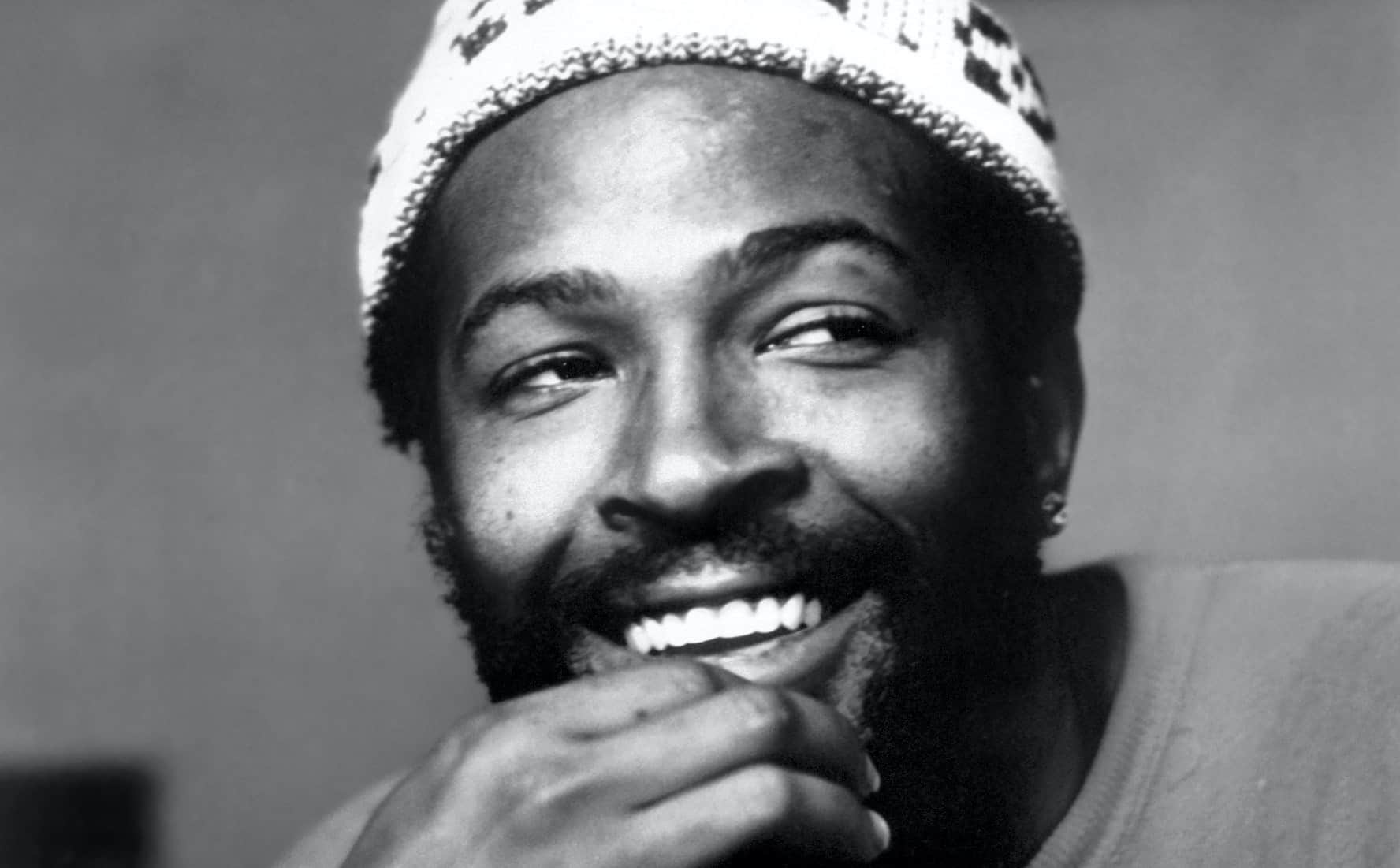
A major star of the Motown Era who broke away to have continued success with 1971’s “What’s Going On” and 1973’s “Let’s Get it On,” Gaye’s career had largely dried up by the time he released the album “Midnight Love” in 1982, which included the iconic single “Sexual Healing.”
Eminem

After a long period of personal struggles and creative stagnation after breaking out with mega-hits including “The Real Slim Shady” and “Lose Yourself,” Eminem made a triumphant return with the 2010 album “Recovery,” which featured hits like “Not Afraid” and “Love the Way You Lie,” a collaboration with Rihanna.
The Rolling Stones
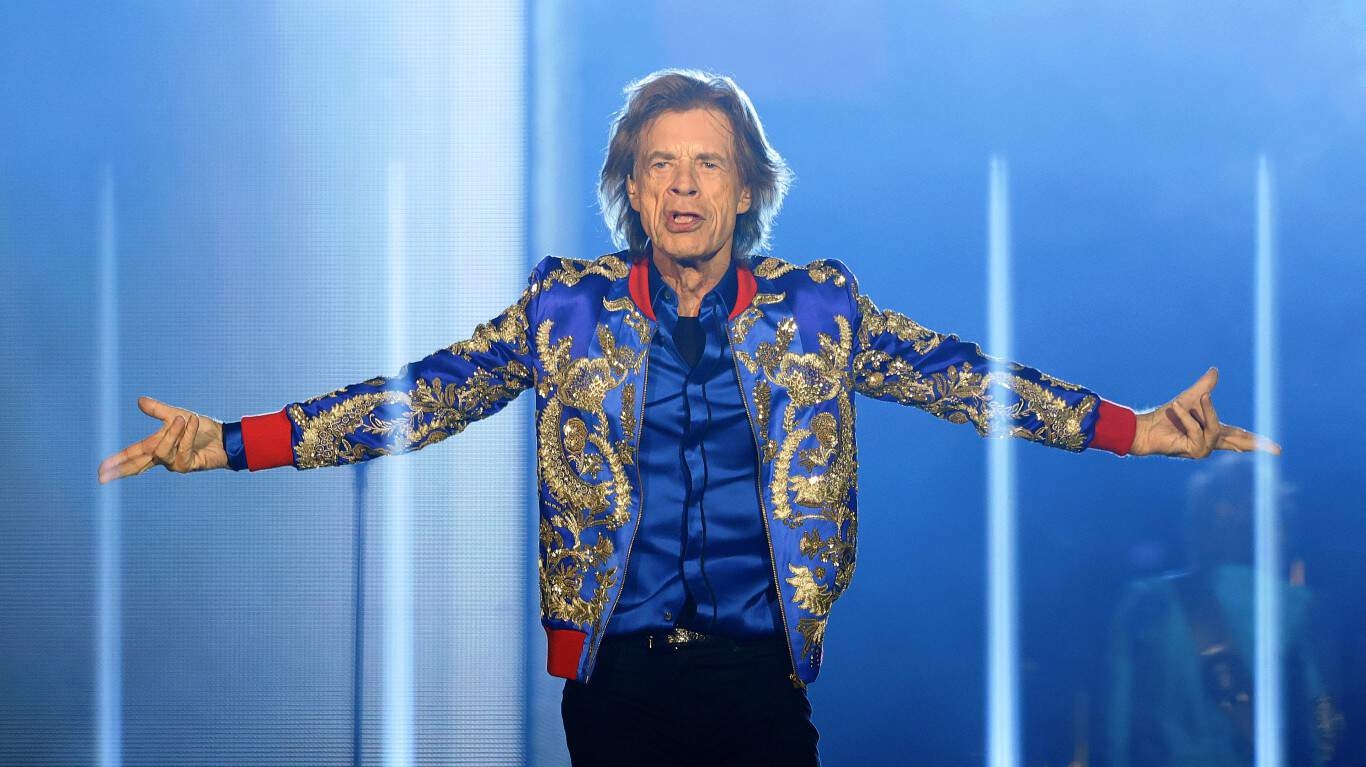
We may think of the Stones as having had nothing but hits from the early ’60s straight through the late ’70s, but they struggled creatively and personally in the mid-70s, even though they remained popular. With the arrival of punk rock on the scene, their style of music was beginning to be considered outdated, and record sales took a dip. Their fortunes turned around in 1978 with the release of “Some Girls,” which included the hits “Miss You,” “Beast of Burden,” and “Shattered.”
Bob Dylan
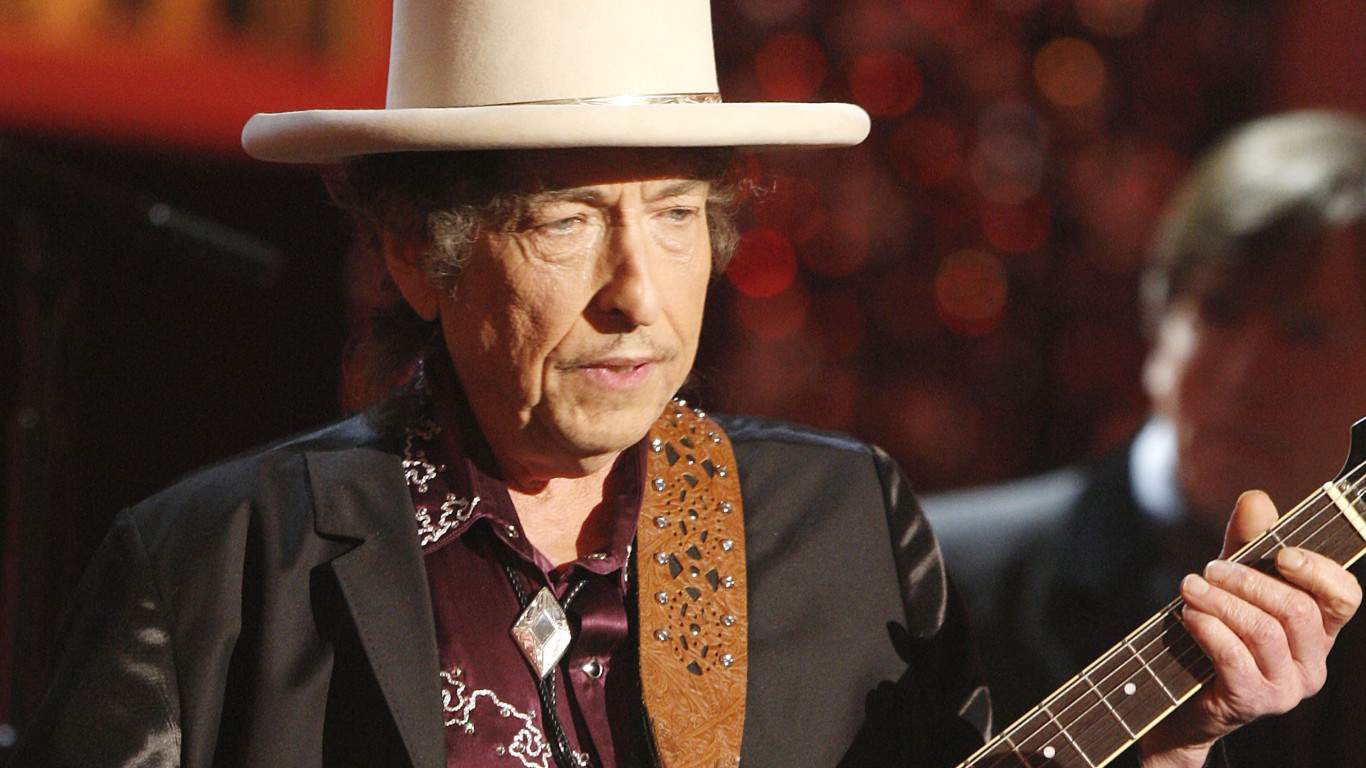
After a period of creative drought (the less said about the bulk of his ’80s output the better), Dylan returned in a major way with 1997’s “Time Out of Mind.” The album won him critical acclaim and Grammy Awards, and his output has been strong ever since, with continuing reinventions.
Neil Diamond
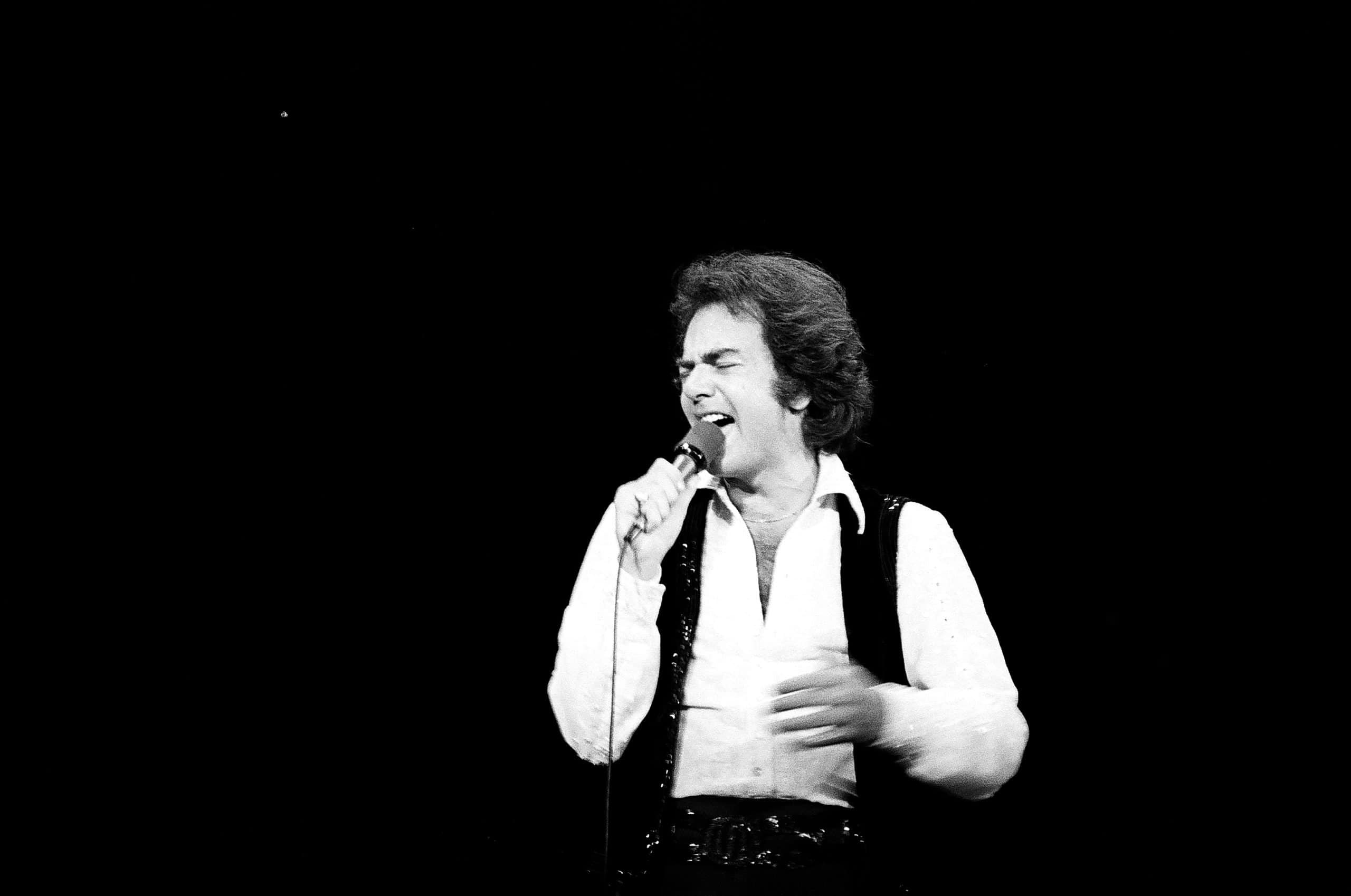
The 1970s weren’t too kind to Diamond after a decade that established him as one of the premier singer-songwriters of the era. But he experienced a major comeback with the 1980 release of the soundtrack to his remake of “The Jazz Singer,” which included the hit single “Love on the Rocks.”
Cher

Along with husband and creative partner Sonny Bono, Cher became a superstar in the 1960s with folk-rock hits like “I Got You, Babe,” and her fame continued into the ’70s with No. 1 singles including “Gypsys, Tramps & Thieves.” Her career took a downturn in the ’80s until she released the album “Cher” in 1987, which contained the hit “I Found Someone” and launched a comeback that never really ended.
Green Day
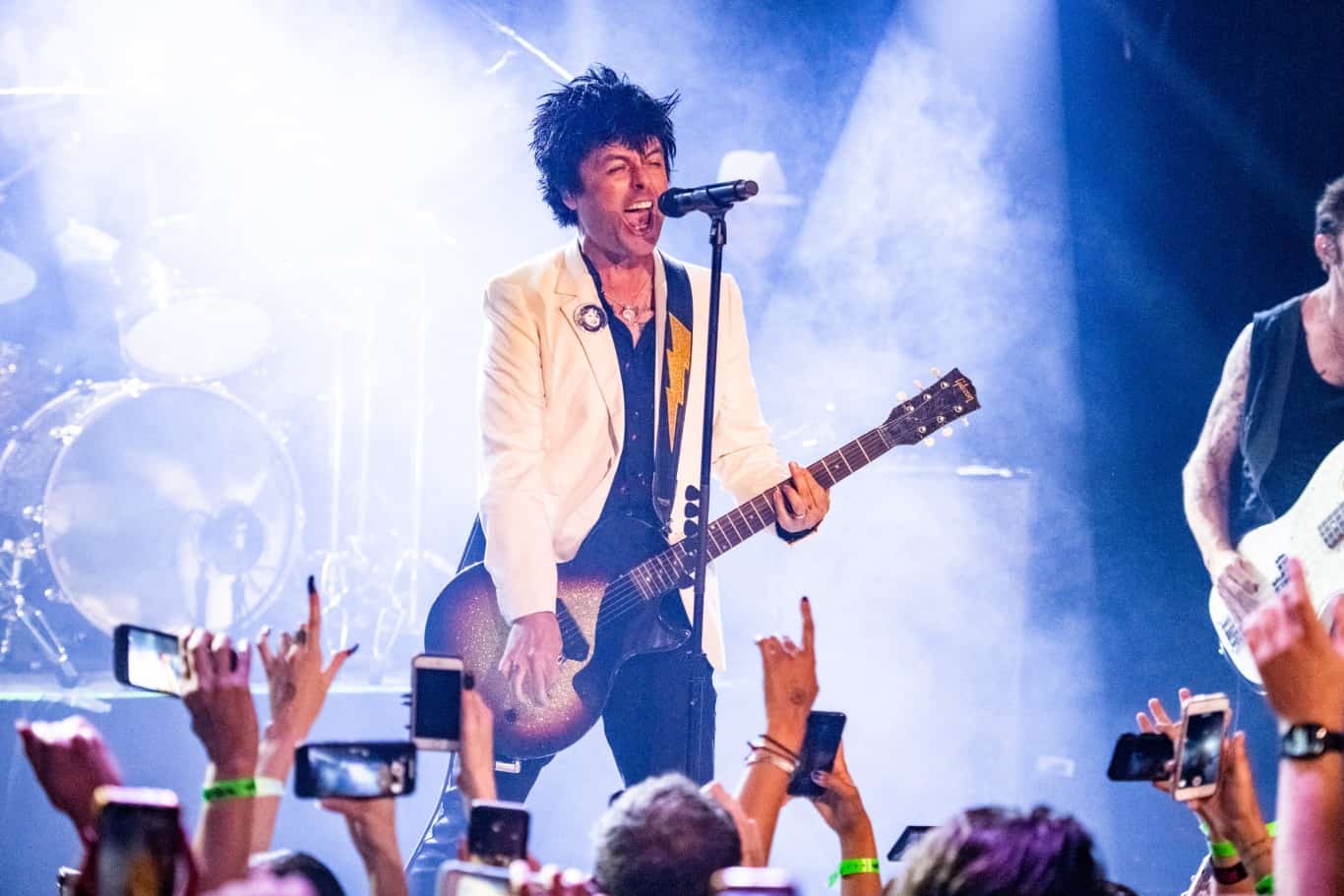
Folks decided that they didn’t have the time for Green Day in the early 2000s, after an era that launched them to superstardom with popular albums including “Dookie” and “Nimrod.” 2004’s politically charged rock opera “American Idiot” was a huge smash, however, selling 6 million copies in the U.S. and hailed as one of the greatest albums of the decade.
LL Cool J
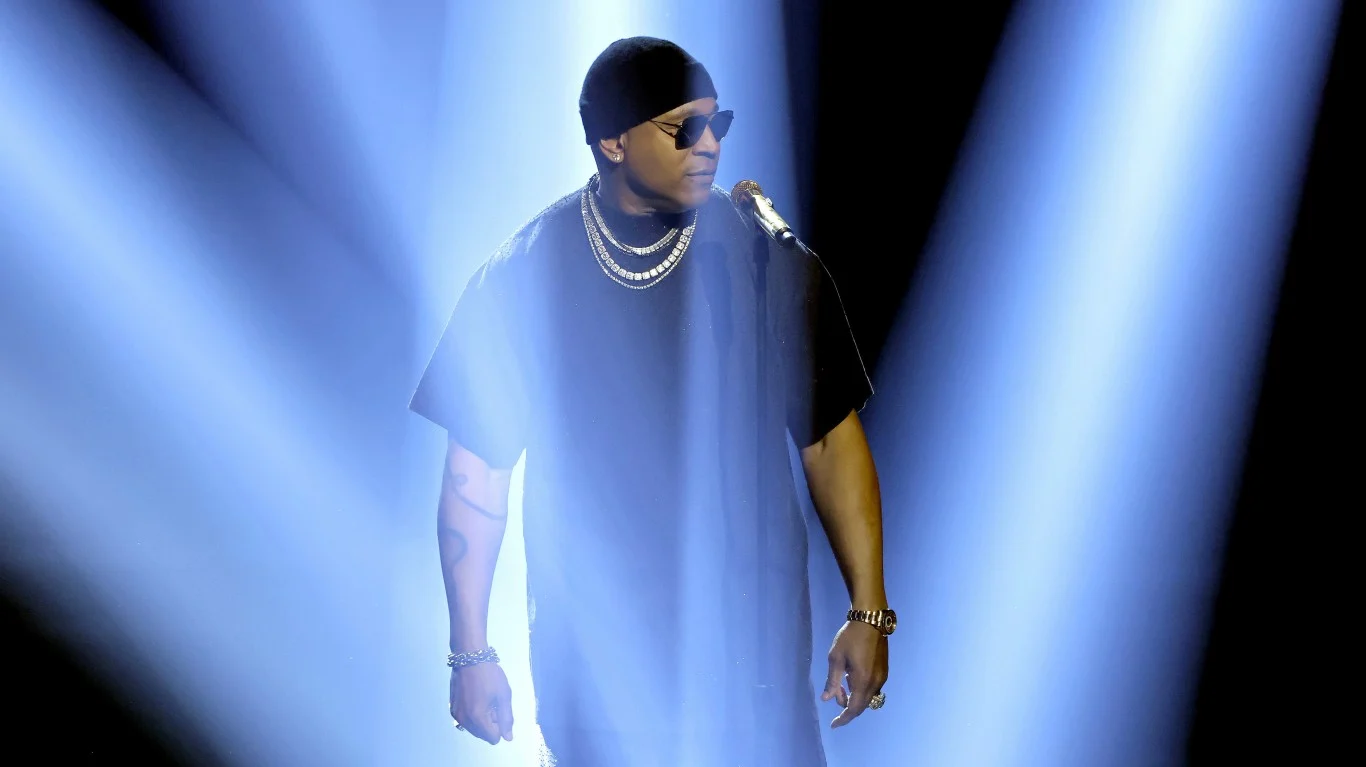
The early 2000s saw a big decline in popularity for LL Cool J, whose career peaked in the ’80s and ’90s with hits including “Mama Said Knock You Out.” He returned to his earlier hip-hop roots with 2008’s “Exit 13,” which was well-reviewed.
Rod Stewart
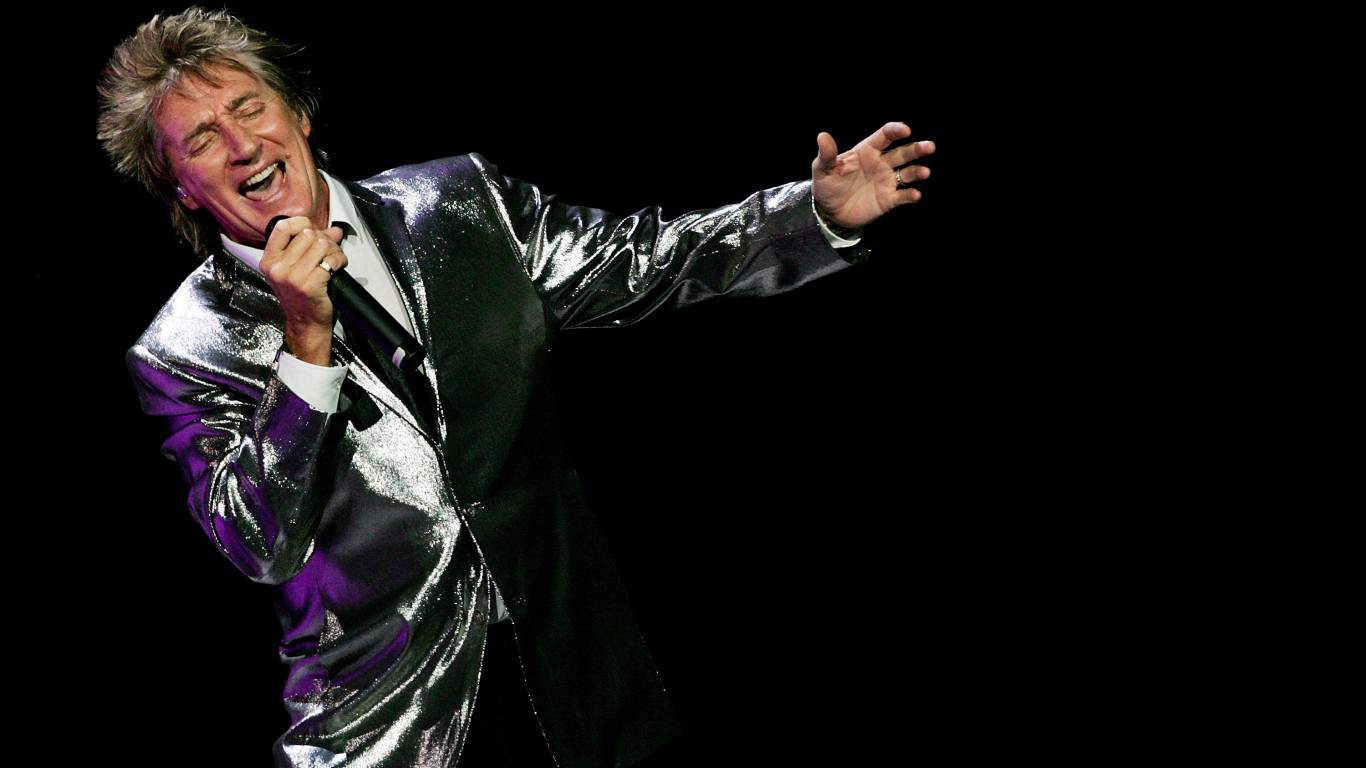
Stewart started out in the 1960s with The Jeff Beck Group and Faces, and in the early 1970s, he had major solo hits “Maggie May” and “You Wear it Well.” His career took a dip in the mid-70s before he staged a comeback with 1976’s “A Night on the Town,” which contained the hit “Tonight’s the Night (Gonna Be Alright),” and launched a string of albums that kept him a top draw straight through present day.
Diana Ross

The lead singer of the Supremes and the biggest female star of the Motown Era, Ross had a career slump in the 1970s. But with the release of the comeback album “Diana” in 1980, the best-selling studio album of her career, she established herself as a disco diva with huge hits including “I’m Coming Out” and the No. 1 hit “Upside Down.”
Justin Timberlake
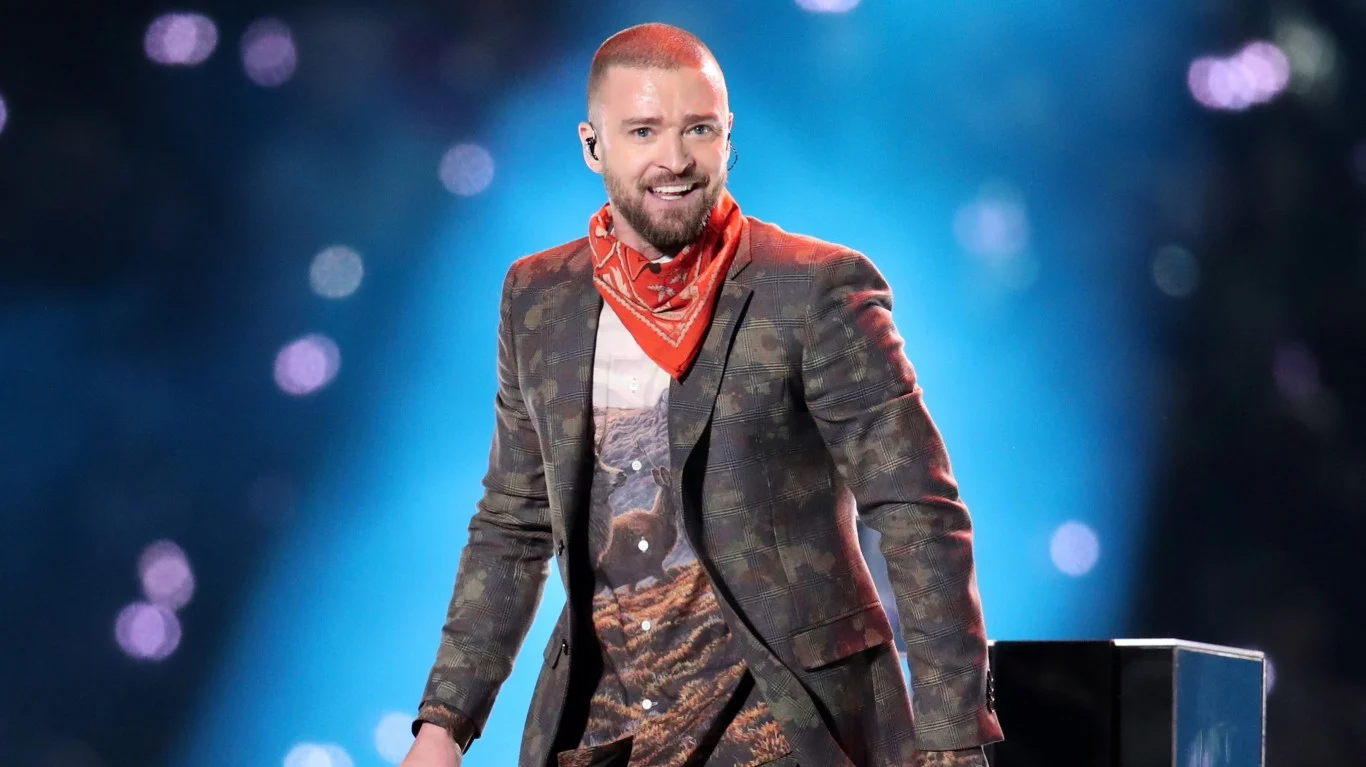
After rising to fame as a member of ’90s boy band *NSYNC, Timberlake successfully broke out on his own with his 2002 solo album “Justified,” which contained the hits “Cry Me a River” and “Rock Your Body.” He’s had two comebacks since then: first in 2006 with the release of his album “FutureSex/LoveSounds,” which produced hits like “SexyBack” and “My Love;” and then again after a six-year break with 2012’s “The 20/20 Experience,” which included the hit “Suit & Tie.” He’s currently trying for comeback No. 3.
The Beach Boys
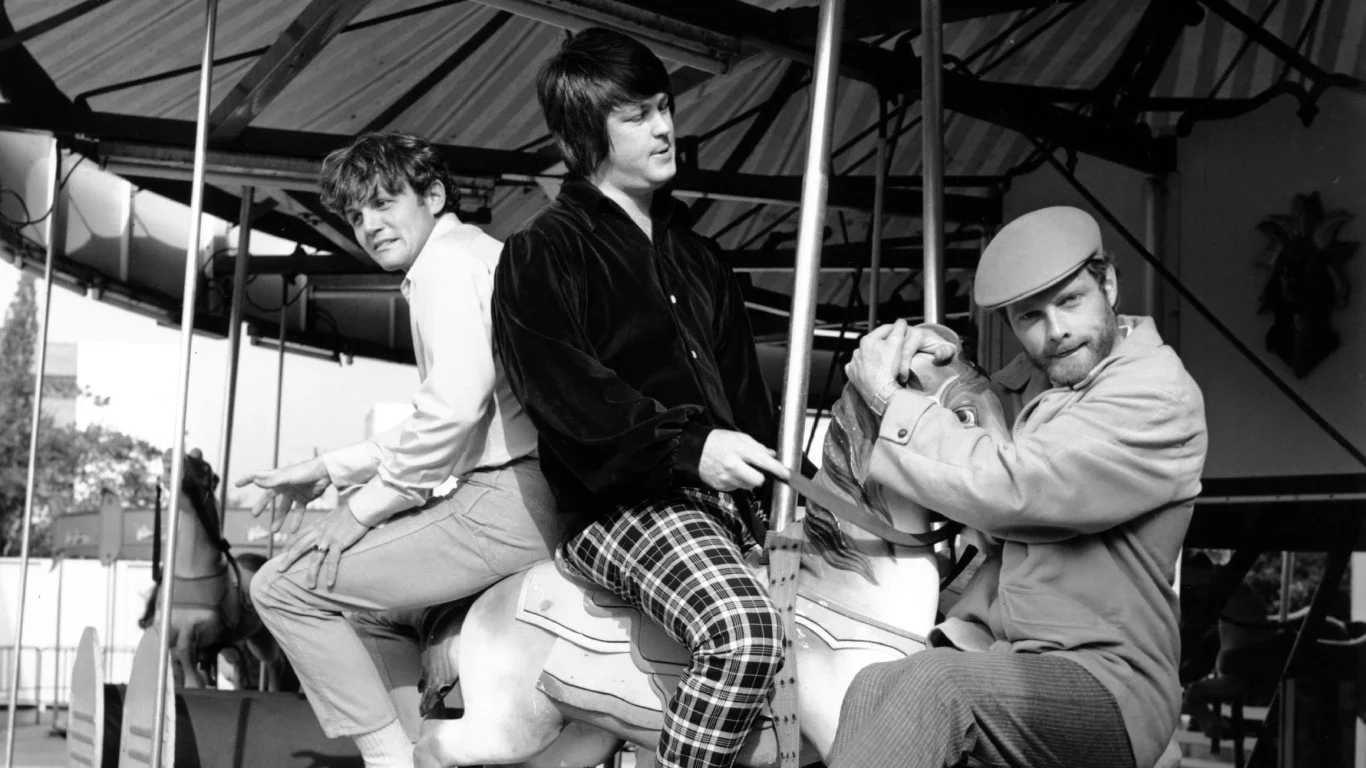
One of the biggest and most innovative acts of the 1960s, The Beach Boys couldn’t maintain their momentum into the 1970s, largely due to internal friction due to ongoing mental health issues of leader Brian Wilson. Their 1976 album, “15 Big Ones,” however, was their best-selling album of new material since 1966’s “Pet Sounds,” and produced the hit single “Rock and Roll Music.” They had another resurgence in the 1980s, with 1988’s “Kokomo” becoming their biggest hit in 20 years.
Nine Inch Nails
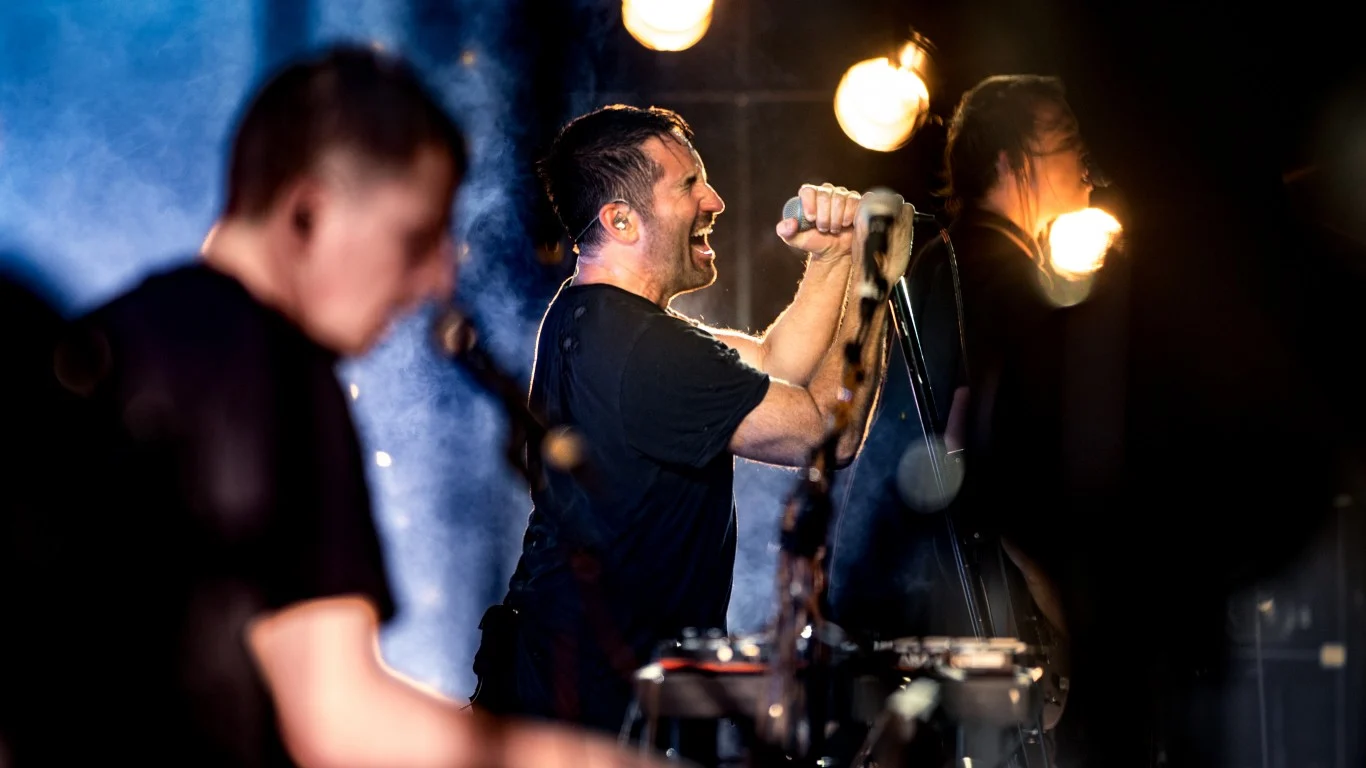
One of the biggest bands of the 1990s, Trent Reznor’s industrial rock band Nine Inch Nails took a hiatus from 1999 to 2005, when they released “With Teeth,” a well-reviewed return to form. The concept album “Year Zero” and digital-only album “The Slip” were released in 2007 and 2008, respectively, and further cemented Reznor’s comeback as a true music visionary.
The Moody Blues

With future Wings guitarist Denny Laine at the helm, The Moody Blues broke onto the scene in 1964 with the single “Go Now.” Justin Hayward took over as primary singer and songwriter in 1966, and in the ensuing eight years they had a string of hits including “Nights in White Satin” and “Tuesday Afternoon.” The band took a hiatus in 1974, but they returned in 1981 with a synth-pop sound that revived their career through hits including “Gemini Dream,” “Your Wildest Dreams,” and “I Know You’re Out There Somewhere.”
Van Halen
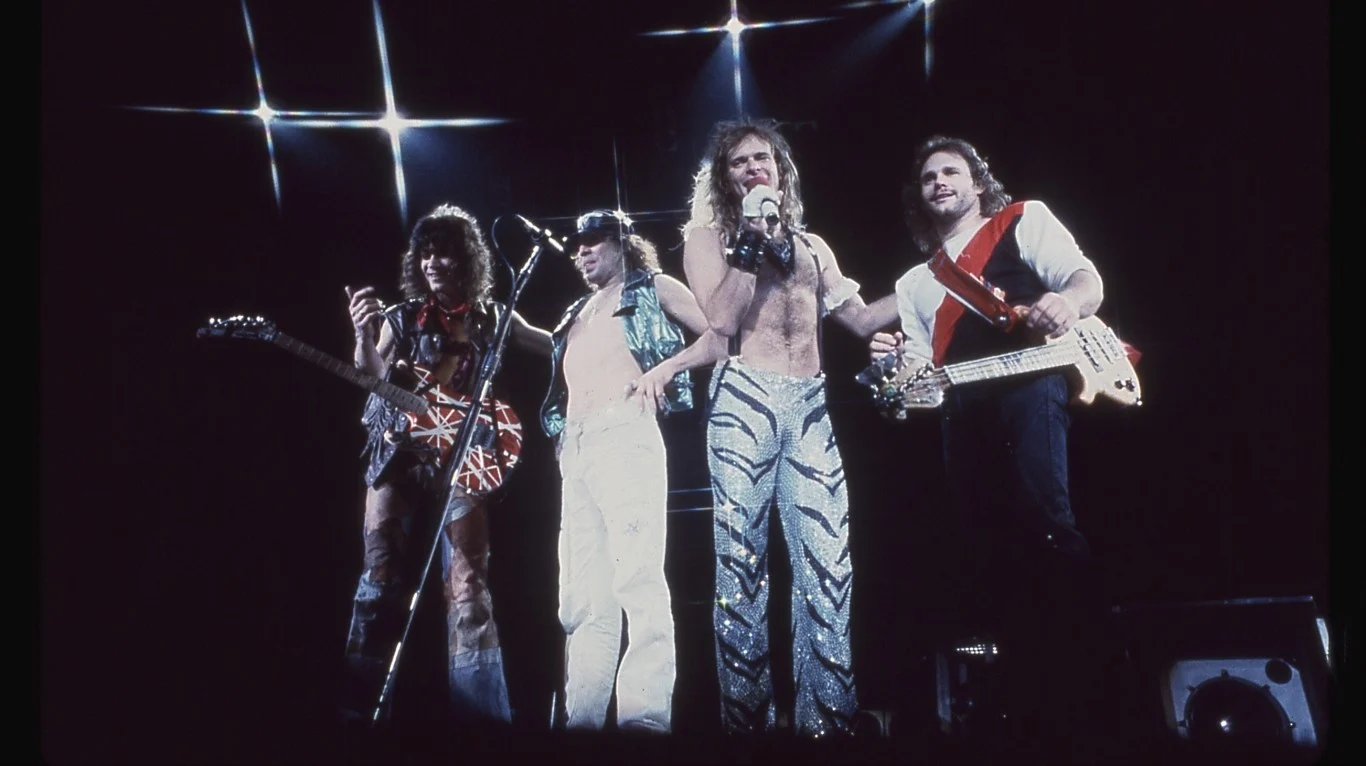
Propelled by the powerful vocals of David Lee Roth and the virtuosic guitar playing of Eddie Van Halen, Van Halen was one of the biggest bands of the 1970s and ’80s. After Roth left in 1985, however, the band’s next albums were top-sellers but failed to yield any hits bigger than 1988’s “When It’s Love.” The 1991 album “For Unlawful Carnal Knowledge” swapped out the ’80s synth with piano and included the anthemic “Right Now,” one of the band’s biggest hits.
Britney Spears

The pop queen of the late 1990s, Spears hit a major slump in the mid-2000s. Her 2008 album “Circus” and the subsequent “Femme Fatale” tour put her back on top, and we’re hoping that her most recent return is a much-deserved third act. Even if it isn’t, she remains an artist with the most number-one hits of all time.